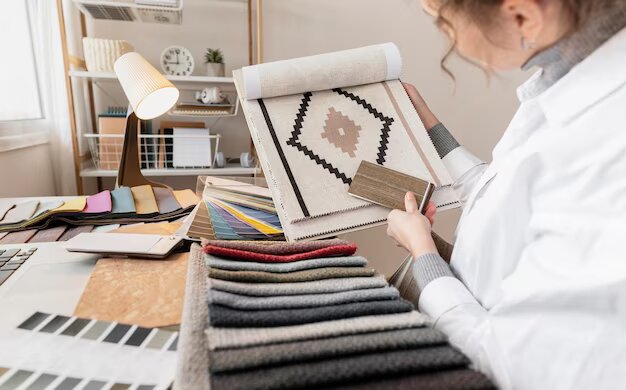New Sustainable Textile Applications: Pushing Boundaries in Design and Functionality

Definition of Sustainable Textiles:
Sustainable textiles have become a significant focus in the fashion and textile industry as the need for environmentally friendly practices continues to grow. In this blog post, we will explore the latest developments in sustainable textile applications, showcasing how designers and innovators are pushing the boundaries of both design and functionality to create a more sustainable future.
Before we delve into the advancements in sustainable textiles, let’s establish what exactly constitutes “sustainable textiles.” Sustainable textiles are fabrics and materials that are produced, processed, and used in a manner that minimizes their environmental impact. These textiles are designed to be eco-friendly throughout their entire lifecycle, from sourcing raw materials to end-of-life disposal or recycling.
Importance of Sustainable Textiles in the Fashion and Textile Industry

The fashion and textile industry has been historically known for its significant environmental footprint, from excessive water usage and toxic chemical dyes to massive amounts of textile waste. The shift towards sustainable textiles is vital for reducing this impact and promoting ethical practices within the industry. We’ll explore how sustainable textiles can help mitigate environmental issues and address social responsibilities.
Overview of the Blog’s Focus on New and Innovative Applications: This blog post aims to highlight the cutting-edge advancements in sustainable textiles. We will examine various aspects of sustainable textile applications, including new materials, dyeing techniques, circular fashion approaches, smart textiles, biodegradable options, and collaborative sustainability initiatives. Let’s dive into these exciting topics and explore the future of sustainable fashion and textiles.
Introduction to Cutting-Edge Sustainable Textile Materials

In this section, we’ll introduce some of the most cutting-edge sustainable textile materials available today. These materials are paving the way for a greener and more sustainable fashion industry, offering exciting possibilities for designers and consumers alike.
Recycled and Upcycled Textiles: Recycled and upcycled textiles are gaining popularity as eco-friendly alternatives. By using discarded clothing and PET bottles, these textiles reduce the strain on natural resources and minimize waste. We’ll delve into the innovative processes that transform waste into high-quality fabrics.
Plant-Based Alternatives to Traditional Textiles: Plant-based textiles like hemp, bamboo, and organic cotton have been recognized for their sustainability and versatility. We’ll explore the advantages of these natural fibers and how they contribute to a more sustainable fashion industry.
Traditional Dyeing and Printing Challenges and Their Environmental Impact

The conventional dyeing and printing methods often involve harmful chemicals and excessive water consumption. We’ll examine the environmental challenges posed by these practices and their implications on ecosystems and human health.
Sustainable Dyeing Methods: In contrast, sustainable dyeing methods utilize natural dyes, waterless dyeing processes, and digital printing technologies. These eco-friendly techniques significantly reduce water usage and chemical waste. We’ll explore the different sustainable dyeing methods and their advantages.
Advantages of Eco-Friendly Techniques for the Environment and Human Health: The shift towards eco-friendly dyeing and printing techniques offers numerous benefits, not only for the environment but also for the health and well-being of workers and consumers. We’ll discuss the positive impact of these practices on both nature and people.
As readers, we all have a part to play in supporting sustainable fashion choices. We’ll offer practical tips and suggestions for incorporating sustainable textiles into our daily lives and promoting a greener fashion future.
By embracing sustainable textile applications, we can collectively contribute to a more sustainable and conscious fashion industry, one that values both design excellence and environmental responsibility. Let’s join hands and be the catalysts for positive change.
